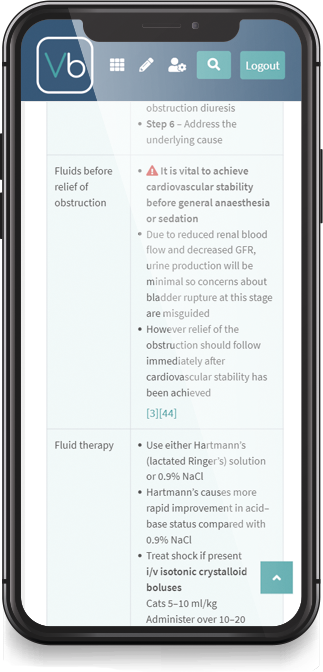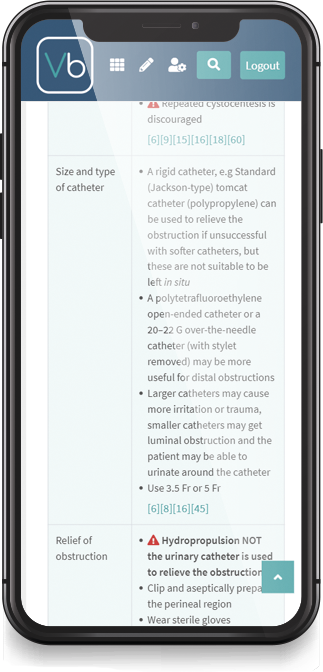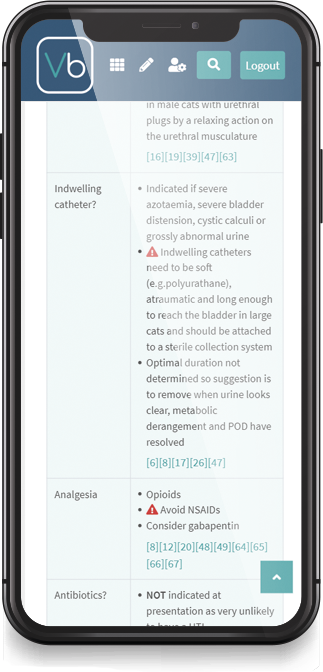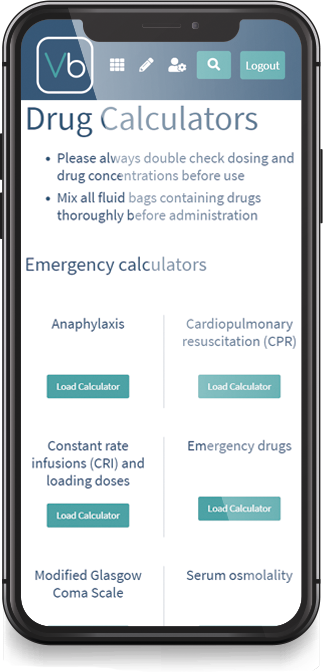Treating feline urethral obstruction can challenge the most experienced vet. You have an unstable patient who will die if left untreated. You need to make critical decisions about investigation and treatment for a successful outcome. Your clients and patients are depending on it.
VETbytes is your new clinical companion. On desktop, tablet or phone, its evidence-based concise clinical summaries will support you every step of the way. Available at the point-of-care, when and where you need it, VETbytes has the answers to help you treat these cases with confidence.

- Step 1 – I/V fluids to manage cardiovascular compromise
- Step 2 – Manage hyperkalaemia if still present
- Step 3 – GA or sedate to relieve obstruction +/- place indwelling catheter
- Step 4 – Analgesia, muscle relaxants, supportive care
- Step 5 – Manage any post-obstruction diuresis
- Step 6 – Address the underlying cause
Find urgent answers to critical-care questions with VETbytes:
What about cystocentesis?
- Controversial, however recent evidence concluded that it is a low-risk procedure in this population of patients
- May aid catheterisation, reduce discomfort and improve GFR
- Potential risk of bladder tear/rupture
- Indicated for those cases in which urethral catheterisation cannot be performed or that are very unstable and need sedation/GA
- To reduce risk, use a flexible collection system and enter the ventral aspect of the bladder wall and angle caudally 45 degrees
- Repeated cystocentesis is discouraged

What about I/V fluids? Will I rupture the bladder?
- It is vital to achieve cardiovascular stability before general anaesthesia or sedation
- Due to reduced renal blood flow and decreased GFR, urine production will be minimal so concerns about bladder rupture at this stage are misguided
- However, relief of the obstruction should follow immediately after cardiovascular stability has been achieved

Which catheter do I choose?
- A rigid catheter, e.g. Standard (Jackson-type) tomcat catheter (polypropylene) can be used to relieve the obstruction if unsuccessful with softer catheters, but these are not suitable to be left in situ
- A polytetrafluoroethylene open-ended catheter or a 20–22 G over-the-needle catheter (with stylet removed) may be more useful for distal obstructions
- Larger catheters may cause more irritation or trauma, smaller catheters may get luminal obstruction and the patient may be able to urinate around the catheter
- Use 3.5 Fr or 5 Fr

Should I leave an indwelling catheter?
- Indicated if severe azotaemia, severe bladder distension, cystic calculi or grossly abnormal urine
- Indwelling catheters need to be soft (e.g. polyurathane), atraumatic and long enough to reach the bladder in large cats and should be attached to a sterile collection system
- Optimal duration not determined so suggestion is to remove when urine looks clear, metabolic derangement and POD have resolved

Additional features:
- Coccygeal blocks – a step by step guide (easy when you know how!)
- Quick reference data section e.g. retrograde positive contrast urethrogram
- Drug calculators for speed of dose calculation for every drug on the site

Special offers for BSAVA members. BSAVA members receive exclusive discounts and access to VETbytes. To find out more, click here.